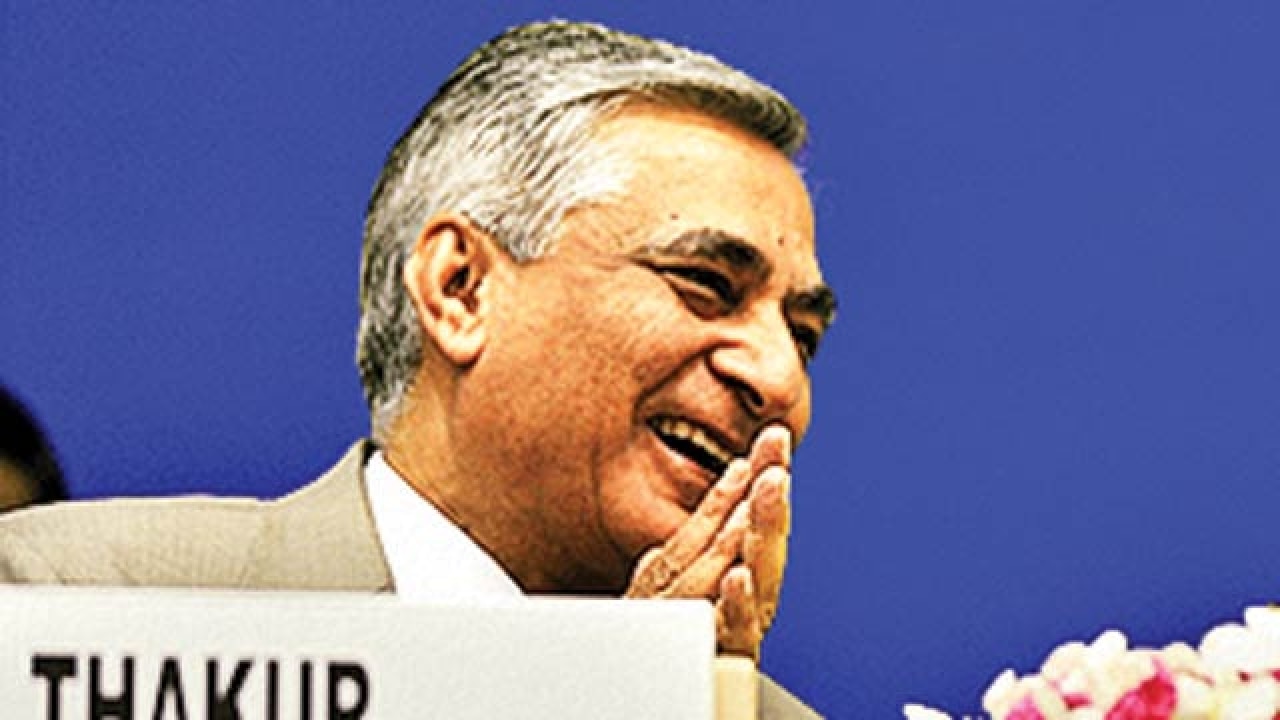
When Chief Justice of India TS Thakur questioned Prime Minister Narendra Modi’s silence on judicial appointments in his Independence Day speech, it was a rare instance of the head of one constitutional institution reminding another counterpart of his responsibilities. The statement elicited both support and criticism in legal and political circles with one section noting that it was not binding on the PM to mention the judiciary in every Independence Day speech. Justice Thakur’s supporters said that his statement had to be seen in the context of his concern over the growing backlog of cases and the slowing disposal rate due to judicial vacancies at all levels. PM Modi’s political opponents — Congress leader Rahul Gandhi and Delhi chief minister Arvind Kejriwal — were also quick to seize upon CJI Thakur’s disillusionment to criticise the delay in appointments.
The protracted round of shadow boxing, which began after the Supreme Court’s constitutional bench quashed the Judicial Appointments Commission Act and reinstated the collegium, shorn of the dramatics, also drives home the point that the executive and the judiciary have no option but to work together. When CJI Thakur broke down in front of PM Modi in April, it prompted the Prime Minister to promise the chief justice that all his demands would be taken care of. At that time, the trigger for Justice Thakur’s outburst was the delay in the Centre clearing 169 recommendations for over two months, despite the number of vacancies in high courts increasing to 470. Last week, hearing a PIL on shortage of judges, Justice Thakur complained that the collegium’s recommendation to appoint 78 judges was pending even as vacancies in the high courts had crept to 478. Law minister Ravi Shankar Prasad was quick to respond and said the recommendations were at various stages of clearance and the delays are not inordinate.
The back and forth over judicial appointments has also been accompanied by a robust exchange of views over the Memorandum of Procedure (MoP) for appointment of judges. After the judgment quashing the Judicial Appointments Commission and reinstating the collegium, the Supreme Court had tasked the Centre to come up with a fresh procedure to be followed in judicial appointments over the recommendations made by the collegium. This was deemed necessary to ensure that undeserving candidates did not become judges, which was one of the main criticism against the collegium system. However, the collegium has taken exception to various provisions of the MoP that allow the executive to veto the recommendations of the collegium.
To give the government its due, it perhaps wanted the MoP to be settled before fresh appointments were made to the judiciary. But with the government and the Supreme Court failing to settle the MoP dispute, the rationale for freezing appointments has lost credence. It is litigants who are at the receiving end because of the delay in framing the Memorandum of Procedure and the filling of judicial vacancies. The Centre must pay heed to this reality rather than be held hostage to bruised egos. The political opponents of the NDA government have been eager to muddy the waters by conflating the dispute over judicial appointments with the Supreme Court judgments on the dismissal of the Congress-ruled Uttarakhand and Arunachal Pradesh governments. It is normal for two constitutional wings of the State like the judiciary and the executive to cross swords and check each other’s excesses.
Justice Thakur’s critique and admission of problems reiterates the judiciary’s independence and its ability to hold its own ground.